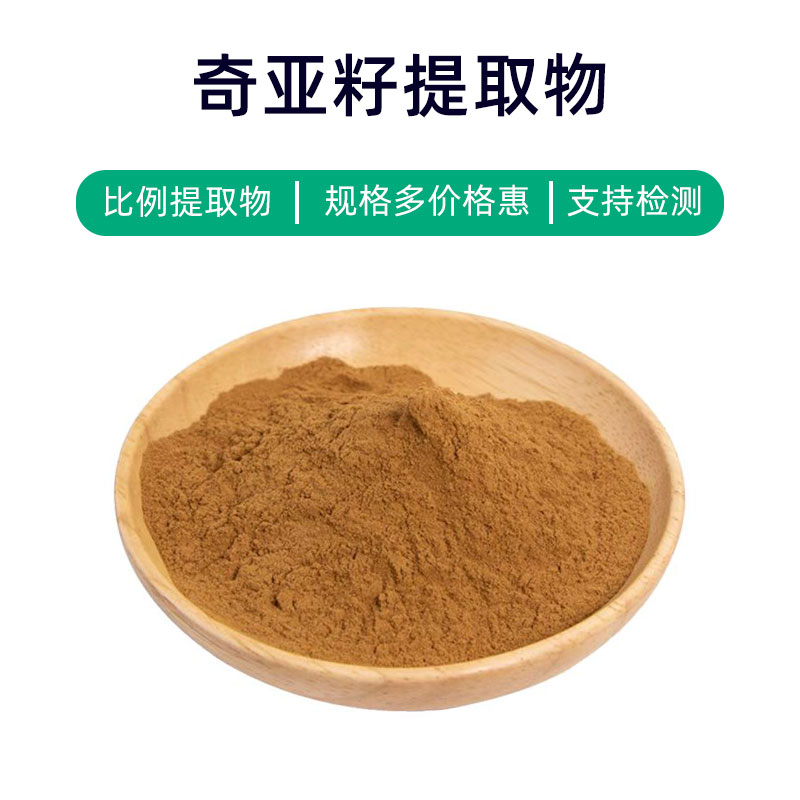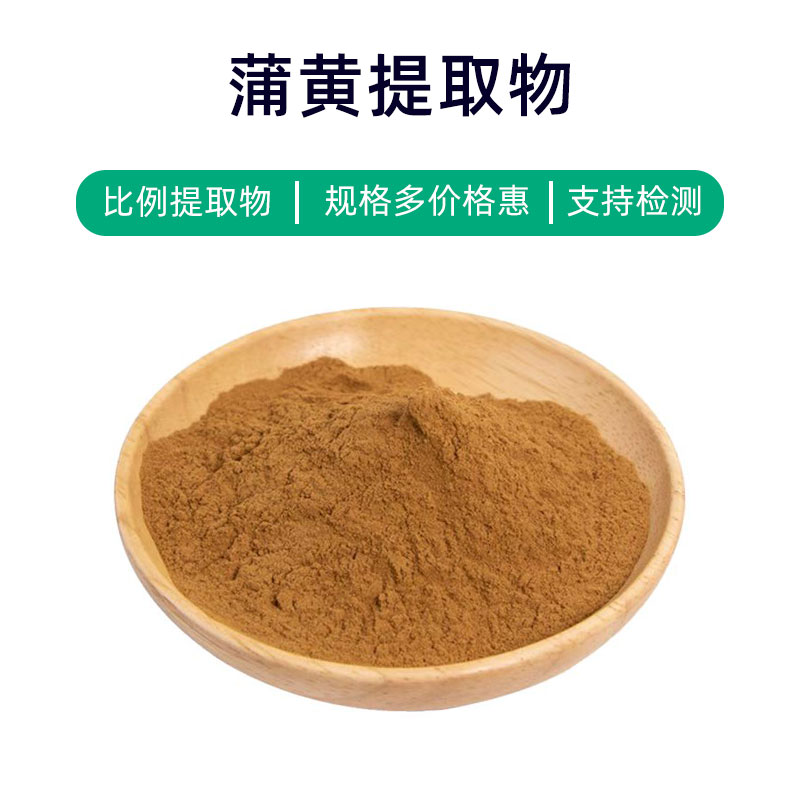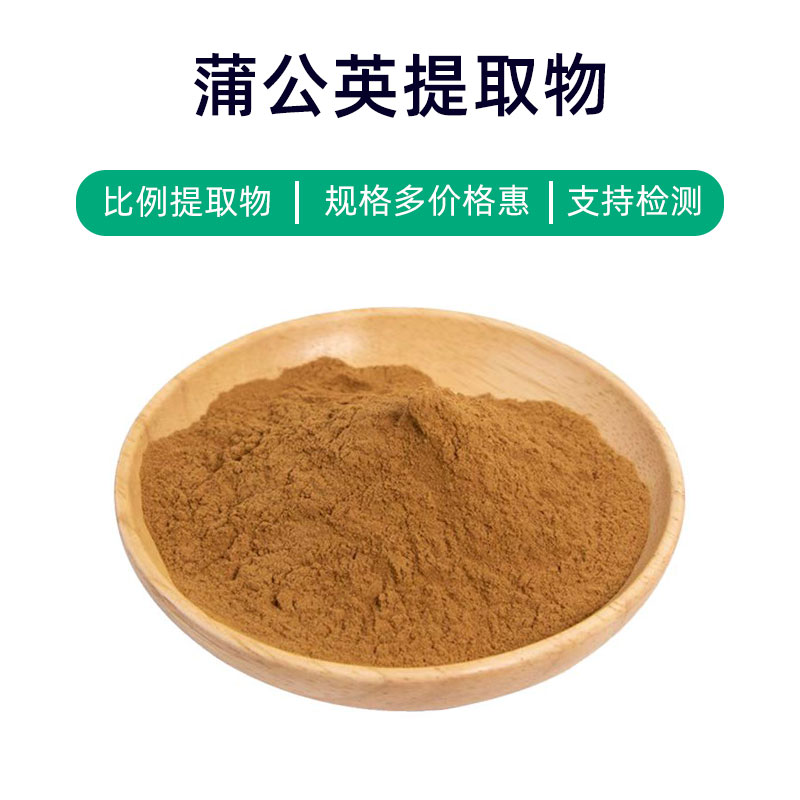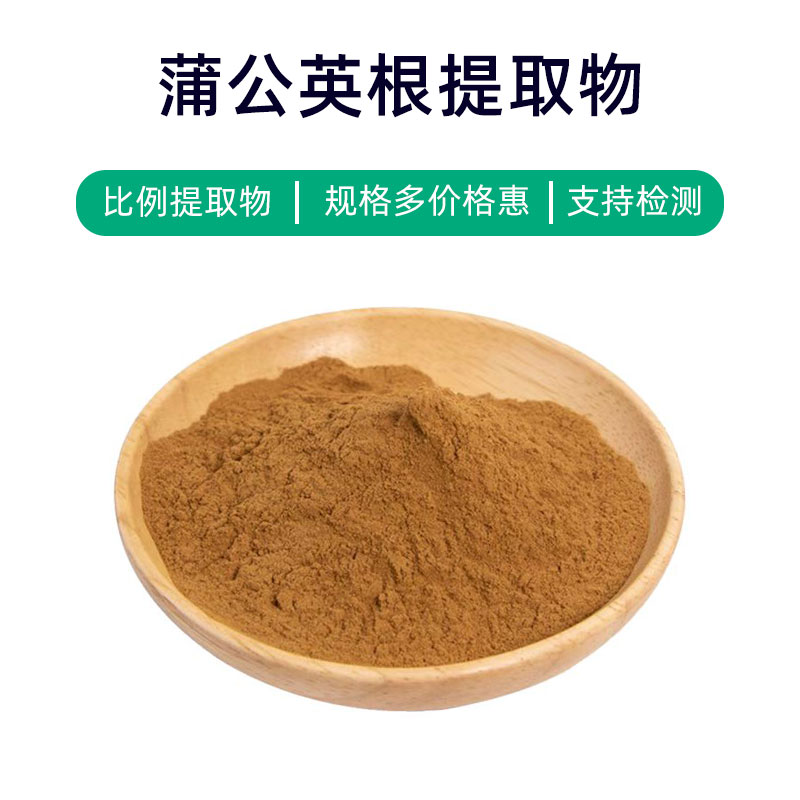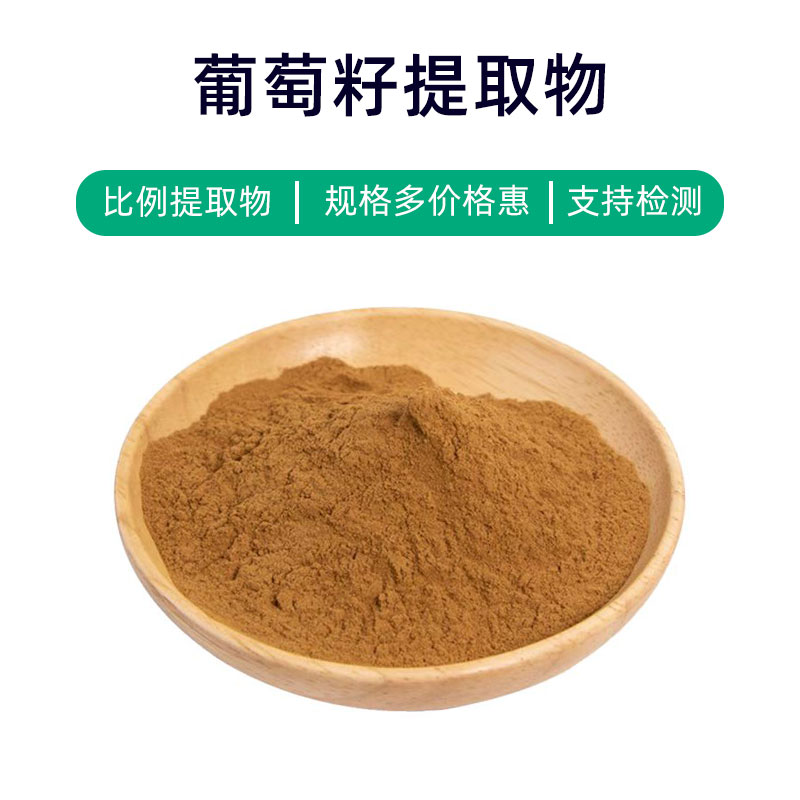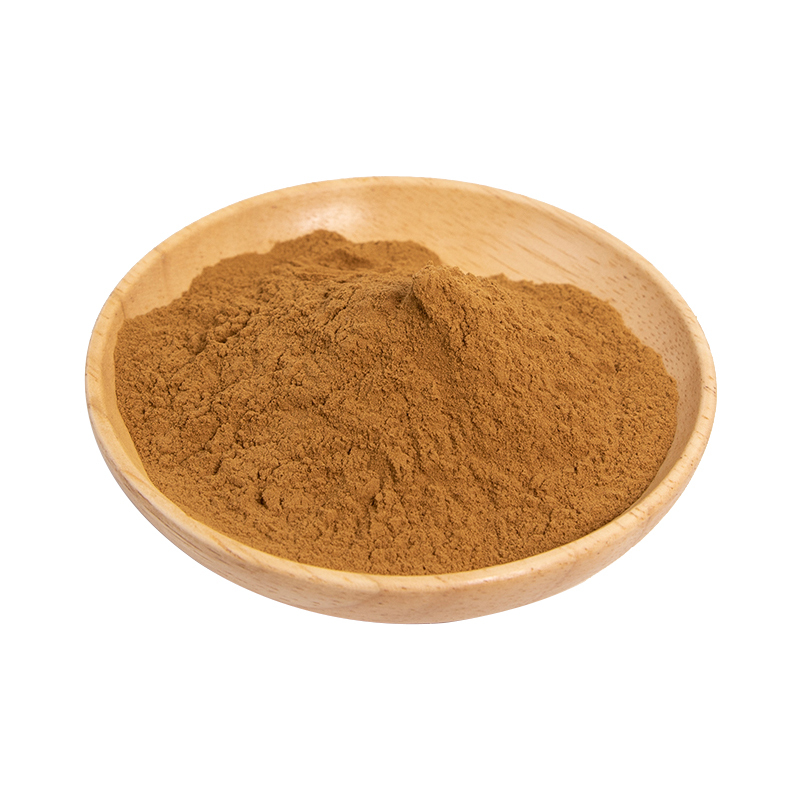Olive Fruit Extract Product Introduction
Olive fruit extract is a natural plant extract derived from the fruit of the olive tree, mainly containing olive polyphenols, vitamin E, and oleuropein. These components offer excellent antioxidant, anti-inflammatory, antibacterial, and moisturizing effects.
One of the main components of olive fruit extract is olive polyphenols, a potent antioxidant that helps neutralize free radicals, slowing down cellular oxidative damage and delaying the skin aging process. Additionally, olive polyphenols can enhance the skin's radiance and elasticity, reducing the appearance of fine lines and wrinkles, resulting in a more youthful and healthy complexion.
Vitamin E is another important component in olive fruit extract, known for its ability to protect the skin barrier, moisturize the skin, reduce inflammation, and repair damaged skin. Vitamin E deeply nourishes the skin, promotes cell regeneration, and enhances skin softness, smoothness, and elasticity.
Oleuropein is another active ingredient in olive fruit extract that possesses antibacterial, anti-inflammatory, and skin-conditioning properties. It helps cleanse the skin, reduce inflammatory responses, and promote skin recovery.
Due to its rich active ingredients and multiple benefits, olive fruit extract is widely used in skincare products, anti-aging products, hair care products, and more. It is also commonly applied in the medical field for treating and preventing certain skin conditions like eczema and dermatitis. Olive fruit extract can be used as an ingredient in skincare products or directly formulated into masks, lotions, serums, and other products, providing comprehensive care and maintenance for the skin.
Olive Fruit Extract Production Process
The production process of olive fruit extract generally includes the following steps:
- Harvesting: First, ripe olives are selected for collection. These olives can be picked by hand or mechanically, ensuring that the collected fruits are fresh, mature, and of good quality.
- Washing and Sorting: The harvested olives are washed to remove surface impurities and dirt. Then, the fruits are sorted to eliminate rotten or poor-quality olives, ensuring the quality of the extract.
- Crushing and Grinding: The washed olives are crushed and ground to increase extraction efficiency. Mechanical crushing or grinding machines are used to grind the fruits into fine particles.
- Extraction: The ground olives are extracted with an appropriate solvent (such as water or ethanol) to dissolve the active components. Different extraction methods such as steeping or heated reflux can be employed during this process.
- Filtration and Concentration: The resulting mixture is filtered to remove suspended solids and impurities. The filtered solution is then concentrated to remove the solvent, yielding the concentrated liquid of olive fruit extract.
- Drying: The concentrated liquid undergoes a drying process to transform it into a powder or solid form of olive fruit extract. Methods such as spray drying or vacuum drying are used to ensure the extract's stability and quality.
- Packaging and Storage: Finally, the dried olive fruit extract is packaged, typically in sealed containers to prevent moisture and oxygen from entering, ensuring the freshness and stability of the product. It should be stored in a cool, dry place, avoiding direct sunlight and high temperatures, to extend its shelf life and effectiveness.
Olive Fruit Extract Efficacy and Side Effects
Olive fruit extract, as a natural plant extract, possesses various benefits, primarily including the following aspects:
- Antioxidant Effects: Rich in natural antioxidants like olive polyphenols, olive fruit extract can neutralize free radicals in the body, reduce oxidative damage, help maintain cellular health, and prevent aging and disease.
- Anti-Inflammatory Effects: The active components in olive fruit extract exhibit anti-inflammatory properties, alleviating symptoms of skin redness, swelling, and itching, and promoting skin recovery and repair.
- Moisturizing Effects: Containing abundant vitamin E and other moisturizing ingredients, olive fruit extract effectively hydrates the skin, increasing moisture content and addressing issues like dryness and roughness, resulting in softer, smoother skin.
- Antibacterial and Anti-Fungal Properties: Olive fruit extract has certain antibacterial and antifungal properties that can inhibit bacterial and fungal growth on the skin surface, preventing and treating skin infections while keeping the skin clean and healthy.
- Promoting Healing: The active components in olive fruit extract can help promote wound healing and tissue repair, speeding up the recovery process of skin damage and reducing scarring, leaving the skin smooth and healthy.
- Skin Protection: The natural substances in olive fruit extract form a protective barrier, effectively shielding the skin from harmful external substances and minimizing damage from environmental pollutants and UV radiation.
- Skin Conditioning: Olive fruit extract also has skin conditioning effects, balancing oil secretion, tightening pores, and improving uneven skin tone, resulting in fresher, brighter skin.
While olive fruit extract is generally considered safe with no side effects, excessive use or allergies to its components may lead to skin irritation or allergic reactions. Therefore, it is advisable to adhere to recommended dosages and conduct patch testing before use to ensure safety.
Olive Fruit Extract Applications and Dosage
Olive fruit extract has a wide range of applications in medicine, food, and cosmetics. Here are its main applications and recommended dosages:
- Medical Field:
- Skin Care: Olive fruit extract is often used in various skincare products, such as creams, masks, and lotions. Usage: Apply an appropriate amount of the skincare product evenly to clean facial or body skin and gently massage until fully absorbed.
- Topical Medications: Olive fruit extract can be included in topical medications, such as for treating skin inflammations and eczema. Usage: As recommended by a doctor, apply ointments or medicines evenly to the affected area 2-3 times a day.
- Food Industry:
- Food Additive: Olive fruit extract can serve as a food additive to enhance flavor and nutrition. Dosage: Determined based on the product formulation; usually in small amounts, controlled within suitable ranges during production.
- Condiments: Olive fruit extract can also be used in condiments, such as olive oil and olive paste. Usage: Add as directed by recipes to create various delicious dishes.
- Cosmetics Industry:
- Skincare Products: Olive fruit extract is commonly used in various skincare products, such as cleansers, toners, and creams. Usage: Apply an appropriate amount of the skincare product evenly to clean facial skin and gently massage until fully absorbed.
- Makeup Products: Olive fruit extract can also be used in makeup products, such as foundations, lipsticks, and eyeshadows. Usage: Apply as needed to the respective areas for makeup purposes.
The dosage of olive fruit extract should be adjusted according to specific products and intended uses, generally following product instructions or recommendations from healthcare professionals or nutritionists. If any discomfort occurs during use, discontinue immediately and consult a professional for advice.
Olive Fruit Extract Origin, Distribution, and Growth Environment
Olive fruit extract is derived from the olive tree (scientific name: Olea europaea), a common plant extract with widespread uses. Here’s an overview of the olive tree, including its introduction, distribution, and growth environment:
- Olive Tree Overview:
The olive tree is an evergreen tree belonging to the magnolia order, olive family, and genus Olea, and is one of the main tree species in the Mediterranean region. Olive trees exhibit both shrub and tree growth forms, with a crown that is semi-circular or round, gray-brown bark, and leathery, elongated oval leaves that remain green year-round. - Distribution:
The olive tree originated in the Mediterranean region, primarily distributed in Europe, North Africa, and Western Asia, with significant cultivation in Spain, Italy, Greece, Turkey, and Morocco. Additionally, olive trees are also grown in Australia, California in the United States, and other regions. - Growth Environment:
Olive trees thrive in warm, dry, and sunny climates. They exhibit strong adaptability to soil types, are salt-tolerant, and can grow in poor, rocky, and alkaline soils, but are sensitive to cold, moist, and waterlogged conditions. The growing environment for olive trees includes several aspects:
- Climate: Olive trees are highly adaptable, preferring warm, dry climates, with optimal growth temperatures ranging from 15°C to 25°C (59°F to 77°F) and winter lows not dropping below 5°C (41°F).
- Light: Olive trees need abundant sunlight, with high light requirements; insufficient sunlight can affect fruit growth and quality.
- Soil: Olive trees are not particularly demanding concerning soil types but prefer loose, well-drained soils and grow best in soils with a pH between 6.5 and 8.
- Moisture: Olive trees prefer dry climates and have strong adaptability to arid growth conditions, but they require adequate moisture during the fruit development stage.
Overall, the olive tree is a highly adaptable plant that thrives best in warm, sunny areas with well-drained soils.
Olive Fruit Extract Processing and Storage
The processing of olive fruit extract generally includes the following steps: First, fresh olives are washed and pitted, followed by crushing, grinding, or pressing the fruit to obtain the extract. Next, target components are extracted using solvent extraction, supercritical fluid extraction, or other methods. Finally, through filtration, concentration, and drying processes, the finished product of olive fruit extract is obtained.
Regarding storage, olive fruit extract should be kept in a cool, dry, and ventilated area, away from direct sunlight and high-temperature environments, preventing moisture exposure. It should be contained in sealed containers with minimal air contact to prevent oxidation and degradation. Proper storage methods help extend the shelf life of olive fruit extract and maintain the stability of its nutritional components.
Monica Sun is a seasoned expert in the plant extraction industry with over a decade of experience in research and production. She specializes in the extraction and purification of plant active ingredients, focusing on driving innovation in natural product applications. Monica has participated in the development of multiple functional plant extracts, delivering high-value natural raw material solutions for the health food, pharmaceutical, and dietary supplement sectors.









